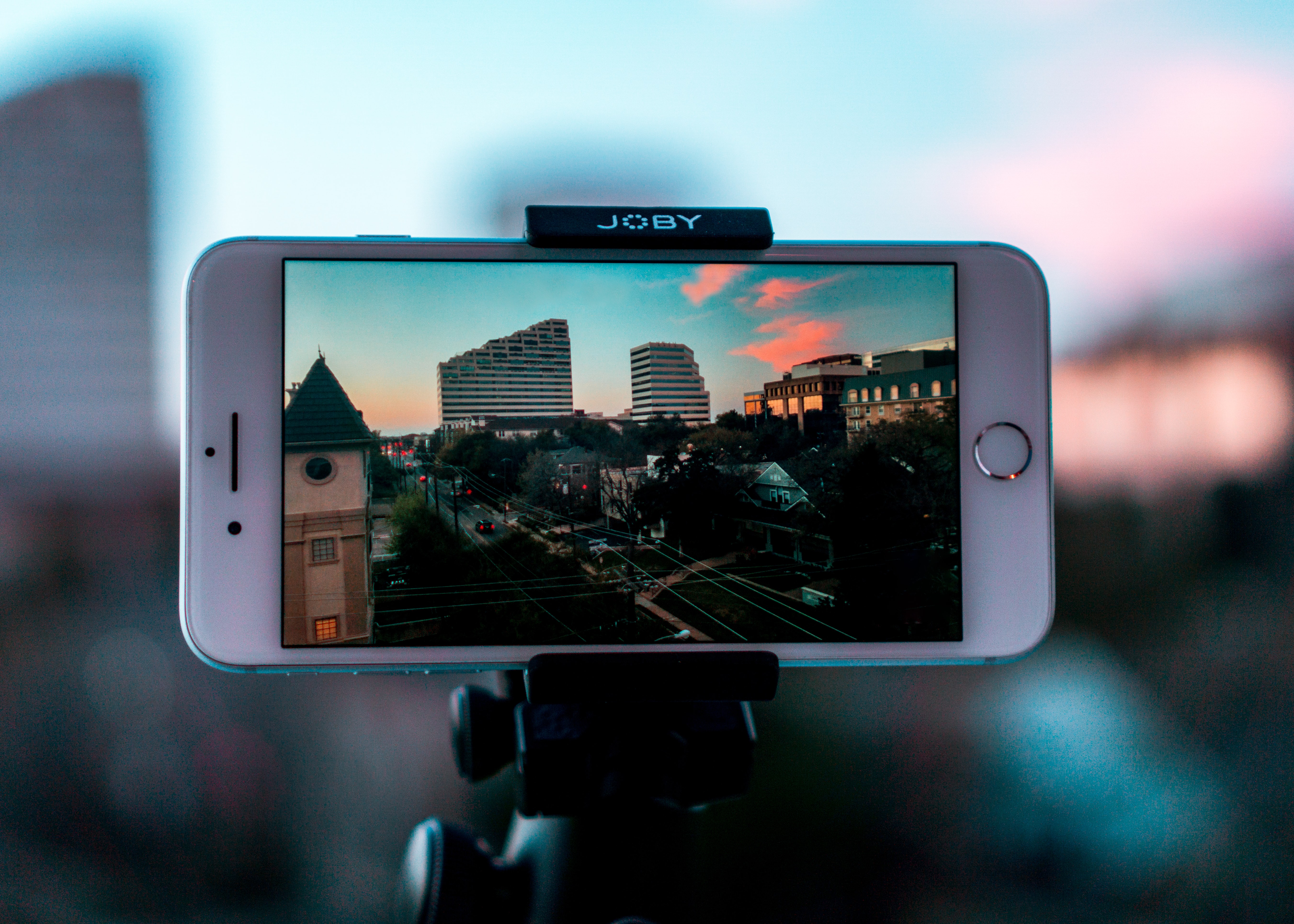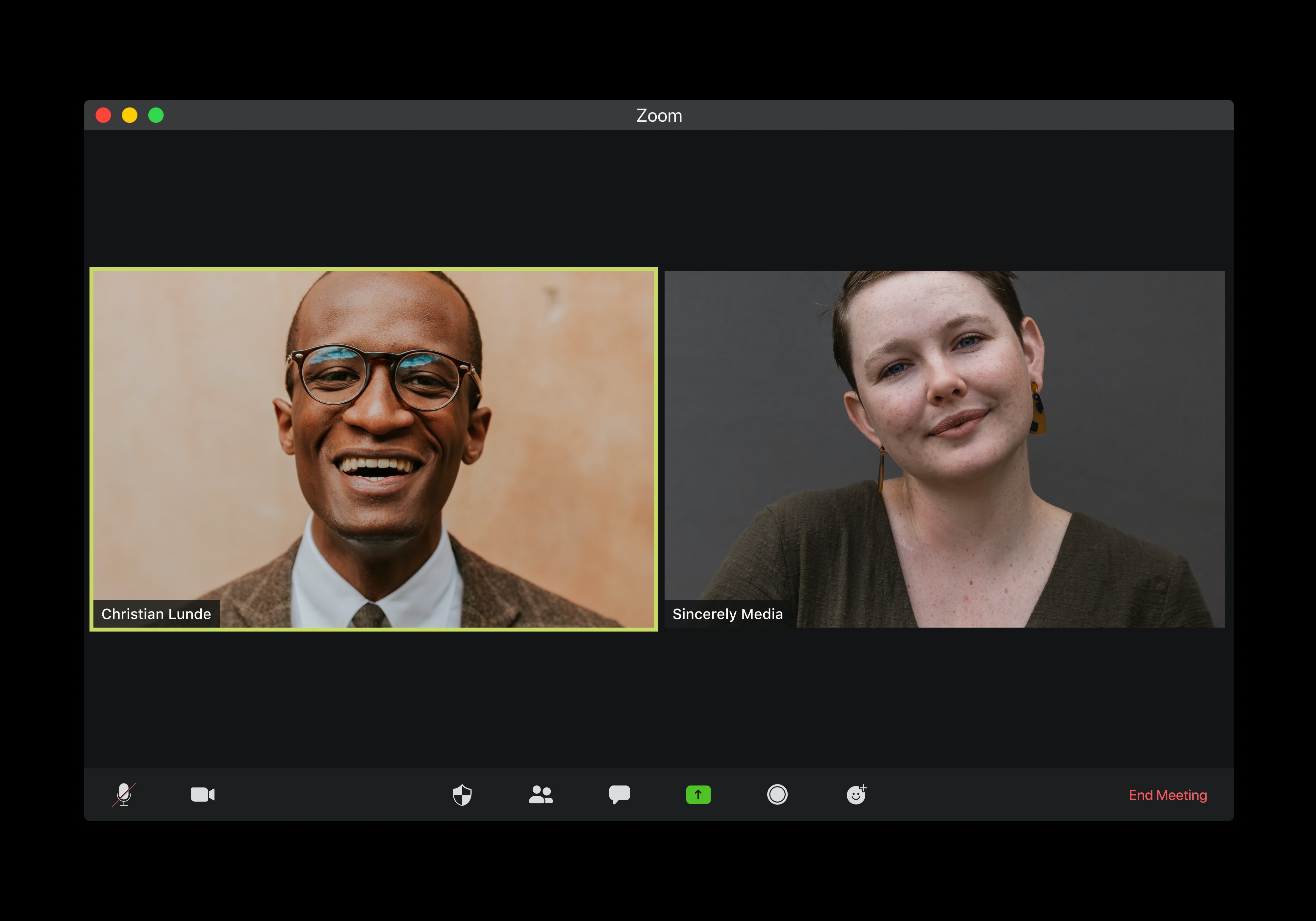We’re all guilty of projecting an idealised self-image into the world. Be it on social media, dating profiles or consumer surveys, the gulf between who we are and who we say we are can be vast.
And when brands and marketers rely so heavily on consumer insight to optimise their products and services, this can present a problem. There’s no point in creating products that are aimed towards the illusory consumer, rather than the real-life individual.
So, how do brands cut through these barriers to really get to the heart of consumer truths? For more and more global brands, the answer lies in always-on, mobile customer insight communities, where they can truly penetrate the daily lives of their customers. We caught up with Amoné Redelinghuys, Bulbshare’s Associate Research Director, to find out more…

Always-on communities
The first step in conquering the ‘say-do’ gap is building an always-on consumer community that gets inside the home of the consumer through their mobiles. Online communities are the portal into the minds, habits, and behaviours of your consumers.
By engaging your consumers continuously through these communities, you don’t just ensure brand loyalty by entering into a more personal relationship with them, you also guarantee consumer truth. The brand is not just more visible to the consumer, the consumer is also more visible to the brand. By simply getting to know your consumers in a more long-term, symbiotic way, you brush aside any pretences and delve deeper into what is really going on behind the scenes.
Amoné agreed: “When an insight community is always-on, we can catch the consumer close to the moment and avoid reliance on memory and recall. Humans have a tendency to sugarcoat. If you ask someone about a frustrating experience in the moment, they’ll answer with unadulterated honesty about their frustration. Ask them a week later and those emotions will have faded.”

Moving away from traditional, transactional relationships with the consumer
This more meaningful relationship is a significant step away from transactional market research. Unlike the erratic nature of one-off focus groups, online communities offer a consistent consumer perspective that can inform your brand decisions more reliably. Building an emotional connection with the brand is facilitated through ongoing communities, and the consumer feels they can trust and confide in the forum the brand provides.
Moreover, when it comes to consumer truth, group settings are fraught with bias: it isn’t just your introverted consumers whose answers will be affected by that of their fellow participants, it’s everyone. Hearing others’ opinions may influence the discussion of the group, even though when it comes to actually buying a product, they will likely be alone. Asch’s conformity experiments examine these very issues.
Amoné elaborated: “There are three levels to why digital customer communities are more effective than traditional focus groups when it comes to accessing consumer truths. Firstly, online customer communities allow people to really be honest. When looking someone in the eye in a focus group, you’re more likely to say what you think they want to hear. But if it’s just you and your keyboard, you are more likely to give rich, truthful insights.
“The second level,” she continued, “is that group conversations can so easily be dominated by a more vocal person. When online, you can have the best of both worlds – people can give responses that are uncorrupted by other opinions, but interaction is also possible.
“Finally, there’s the scalability of online. It’s easy to go from a 10 person group to 100 people without needing more resources. When it comes to infield work, you have to account for a venue, travel, and supplies when scaling up.”
Online communities provide a fine balance between the anonymity that is so desperately needed when forming one’s answers, and the opportunity to be known more intimately by the brand, to feel part of something big, and to share one’s views on social media and beyond.
Our blog, ‘Online communities vs traditional focus groups: Building emotional brand connections in 5 steps’, has more on this topic…
"It is much easier to connect via an online site rather than travelling to a particular location and spending half the day there. Also, being a shy person, I am more likely to give an honest opinion online without being concerned about what others may think about my opinion or being influenced by the majority.”
Bulbshare user, Female, 57 🇨🇦

Video is king
The ‘holy grail of insights’, video allows your users to create unique and in depth qualitative content – showcasing attitudinal responses in an infinitely more nuanced way. The opportunity to use video enables creativity in your users and introduces you to your customers on a more personal level. Instead of asking them to write down what they have for lunch, asking them to film their fridge unlocks the next level of insight: not only do you hear what they’re planning to eat, you see what sauces they own, what brands they’ve bought, what items they’re most stocked up on. Through AI analysis of the video and auto-translation, rich consumer insight has never been more accessible.
As Amoné says, “If you rely on recall, you’re asking them to tell you what they did. If you’re in the moment, you can get their instant response without any filters. If we can go with them on a shopping trip and they take videos of what they’re buying, it’s far more accurate than asking them a week later what they thought of that shopping trip or what they buy in their weekly shop generally. Getting as close as possible to actual behaviour is key.”
“It’s fun to give my opinions about new products, especially when I can upload a picture or a video."
Bulbshare user, Male, 33 🇺🇸
Consumer truth = authentic advocacy
When you get real consumer truths, you guarantee authenticity in peer-to-peer recommendations and UGC that genuinely promotes your brand. 84% of our customer panel prefer the recommendations of friends and family over that of paid influencers, and the authentic, trustworthy word-of-mouth advocacy that is driven by customer communities makes a world of difference. When a customer loves your brand, they’ll promote it without being endorsed. In fact, 74% said they’d promote a product if they liked it enough. Moreover, 39% of our consumer poll said that customers have become advocates since Covid, rather than just being a passive audience. This wave of authentic advocacy is one to tap into: your customers are your best influencers.

The steps to success
When asked what methods are the most effective for ensuring accurate answers, Amoné told us, “The key is to include a mix of different questions, methods and techniques that bring up real answers. Projective techniques are effective and less exposing for the person answering. Instead of asking someone why they don’t have insurance, you might ask a hypothetical question, such as ‘Imagine you have two friends, one has insurance and one doesn’t, what do you think of their decisions?’. This way you get more thoughtful, honest answers that avoid any defensiveness.”
Two way street
But it isn’t just your brand that benefits from these communities, it’s also the customers. Overwhelmingly, our global research communities have told us they want to be involved in the brand decisions: 88% of our global users said they want to be included in the decisions brands make, 76% said they enjoy helping product development processes, and 86% said that products developed using consumer collaboration were better.
And lockdown hasn’t in any way diminished this, with consumers being more keen than ever to connect online. 84% of our participants said they prefer online communities to traditional focus groups. Those surveyed said that the convenience of online insight groups was far superior to in-person methods.
To find out more about why customers want to be involved in online communities, discover our blog ‘Product development in a locked-down world: Why 88% of consumers still want to be involved in your brand decisions…’.
“Businesses listening to their customers makes us feel appreciated and more likely to stay involved with the brand.”
Bulbshare user, Female, 28, 🇬🇧
“I enjoy having the ability to give my opinions and shape the brand’s future products.”
Bulbshare user, Female, 54 🇬🇧
“It’s inspiring that my opinion contributes to something important.”
Bulbshare user, Female, 24 🇺🇸
Brand toolkit
- Always-on is always better. To truly understand the motivations behind consumer decisions, you need to be there in the moment with them. By being always-on and omnipresent, you avoid the bias that reliance on memory can threaten.
- Honesty in anonymity. As opposed to traditional focus groups, a consumer can be completely transparent online. Without the pressure of others’ presence, the participant can avoid sculpting their answers to fit what they think is the ‘right thing to say’.
- Video tells all. Video offers a more detailed insight into the lives of your consumers. However, it is also an outlet for creativity and ripe with opportunities for creating user generated content and marketing material.

